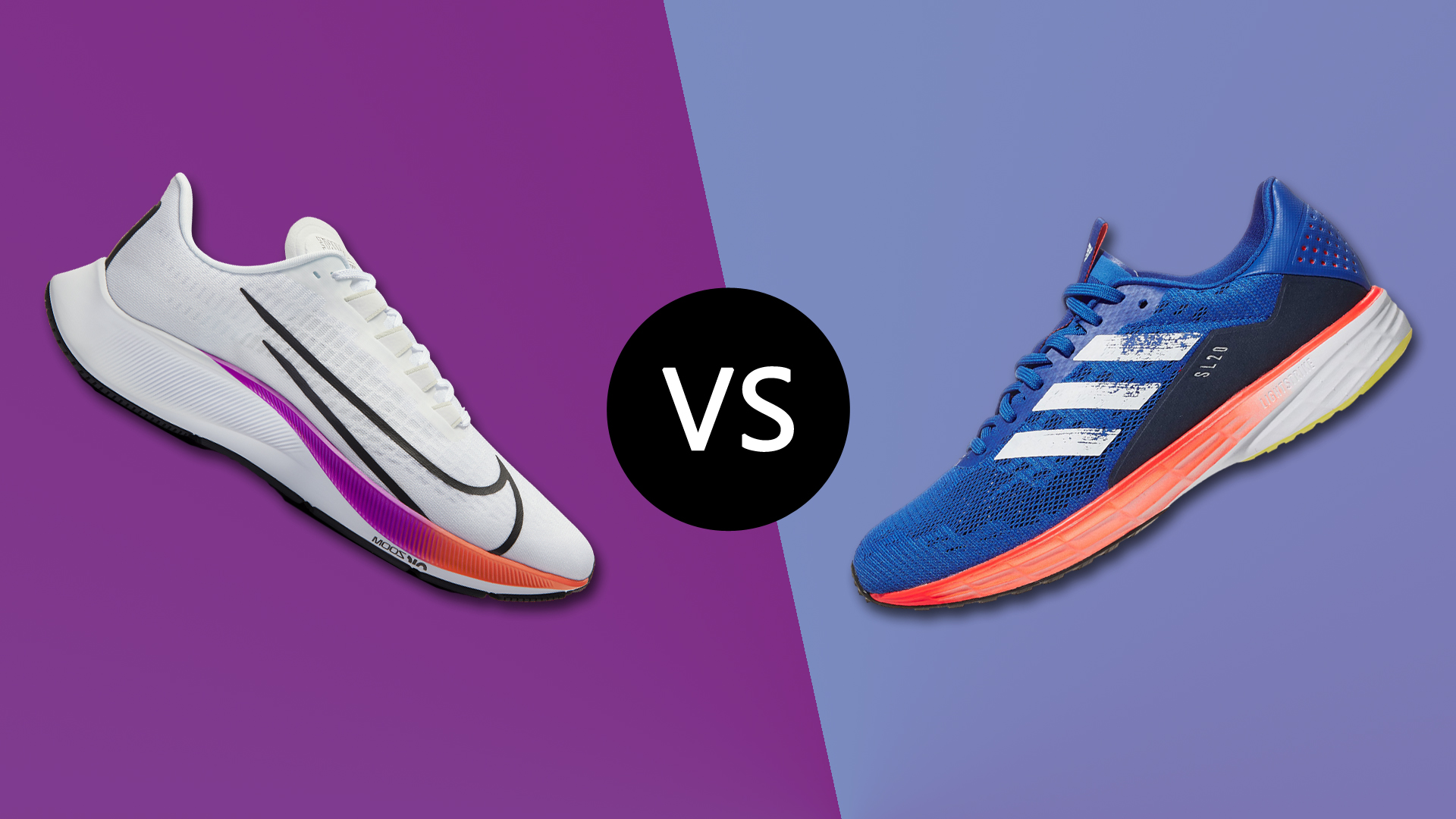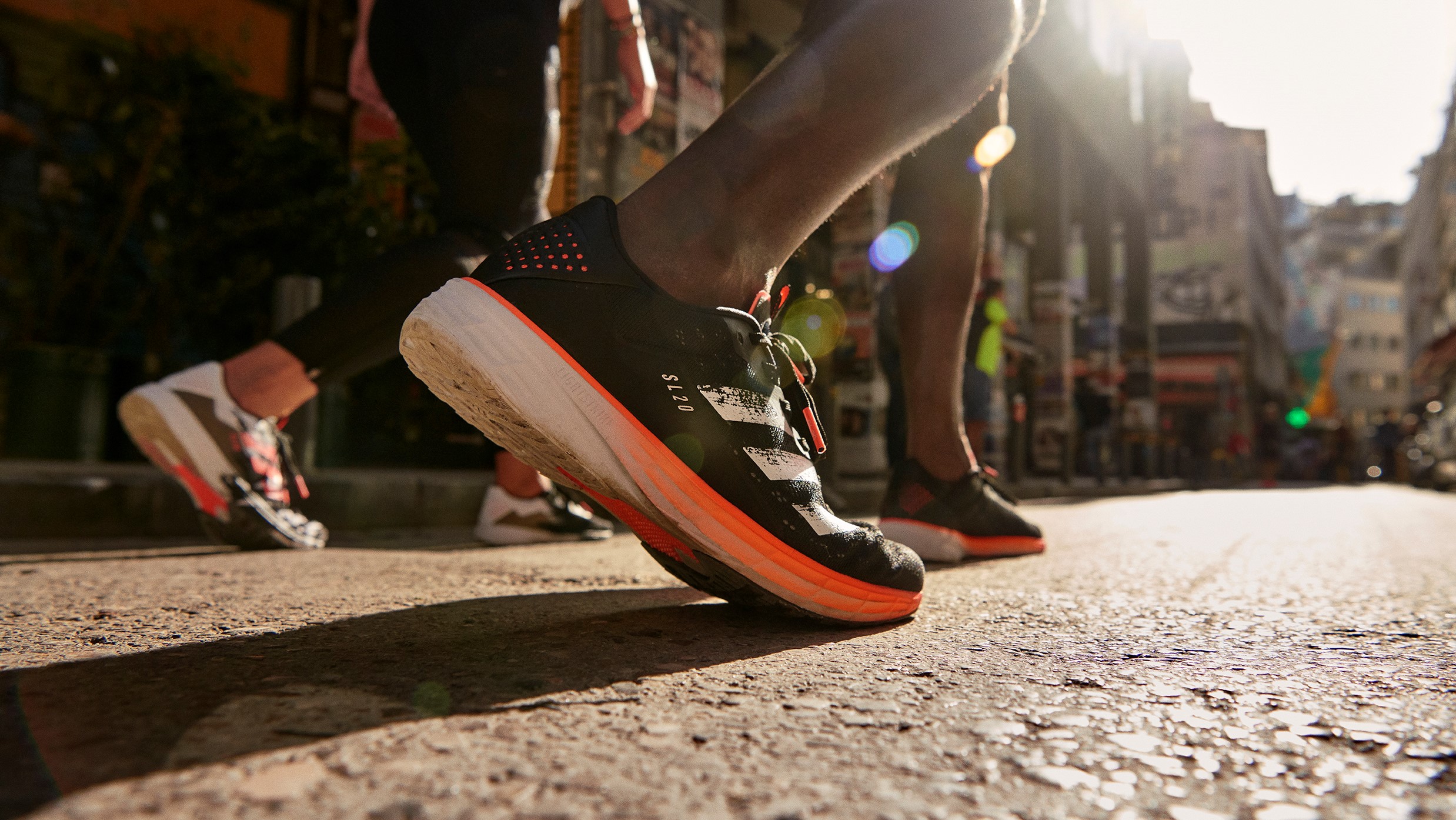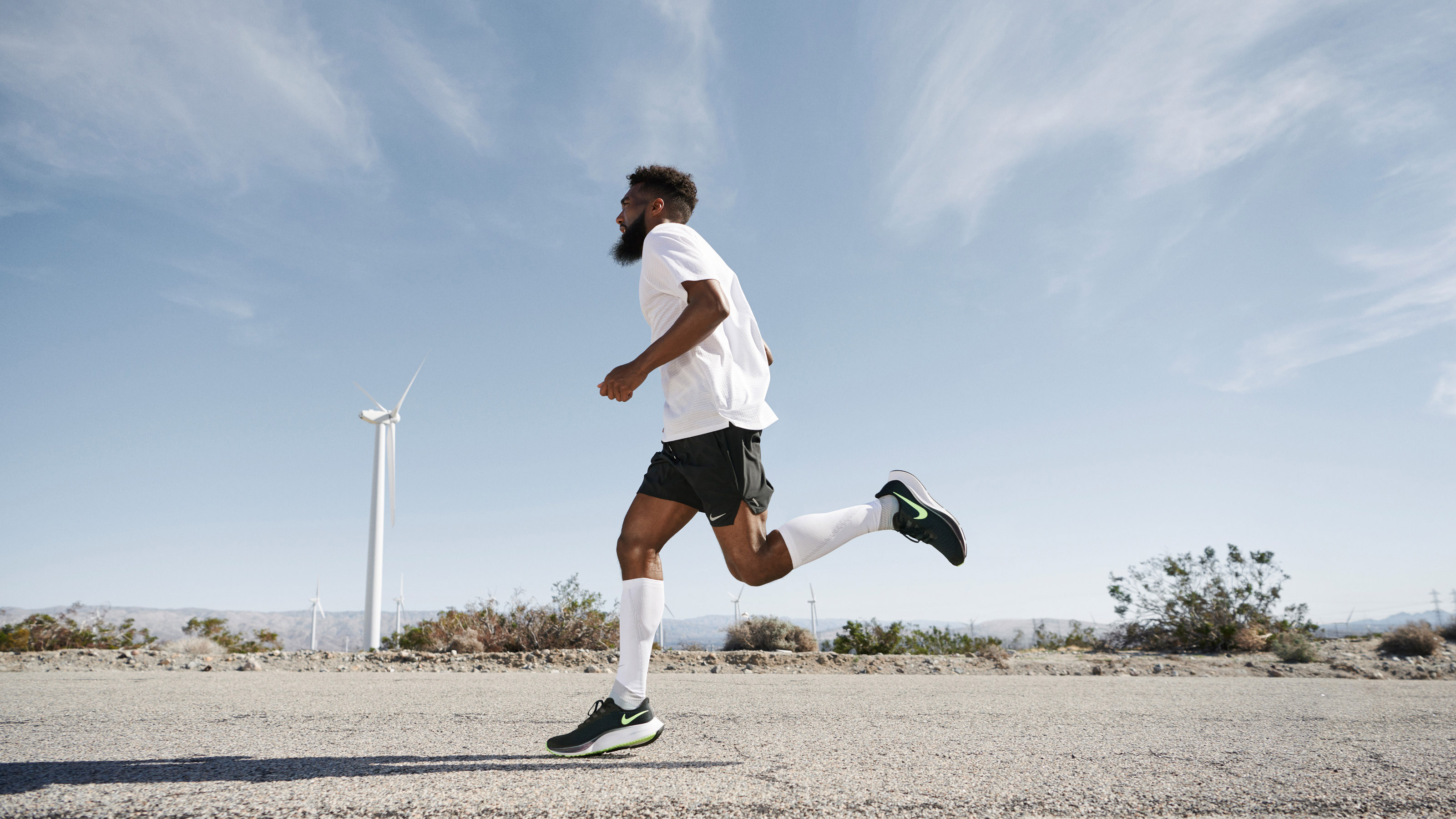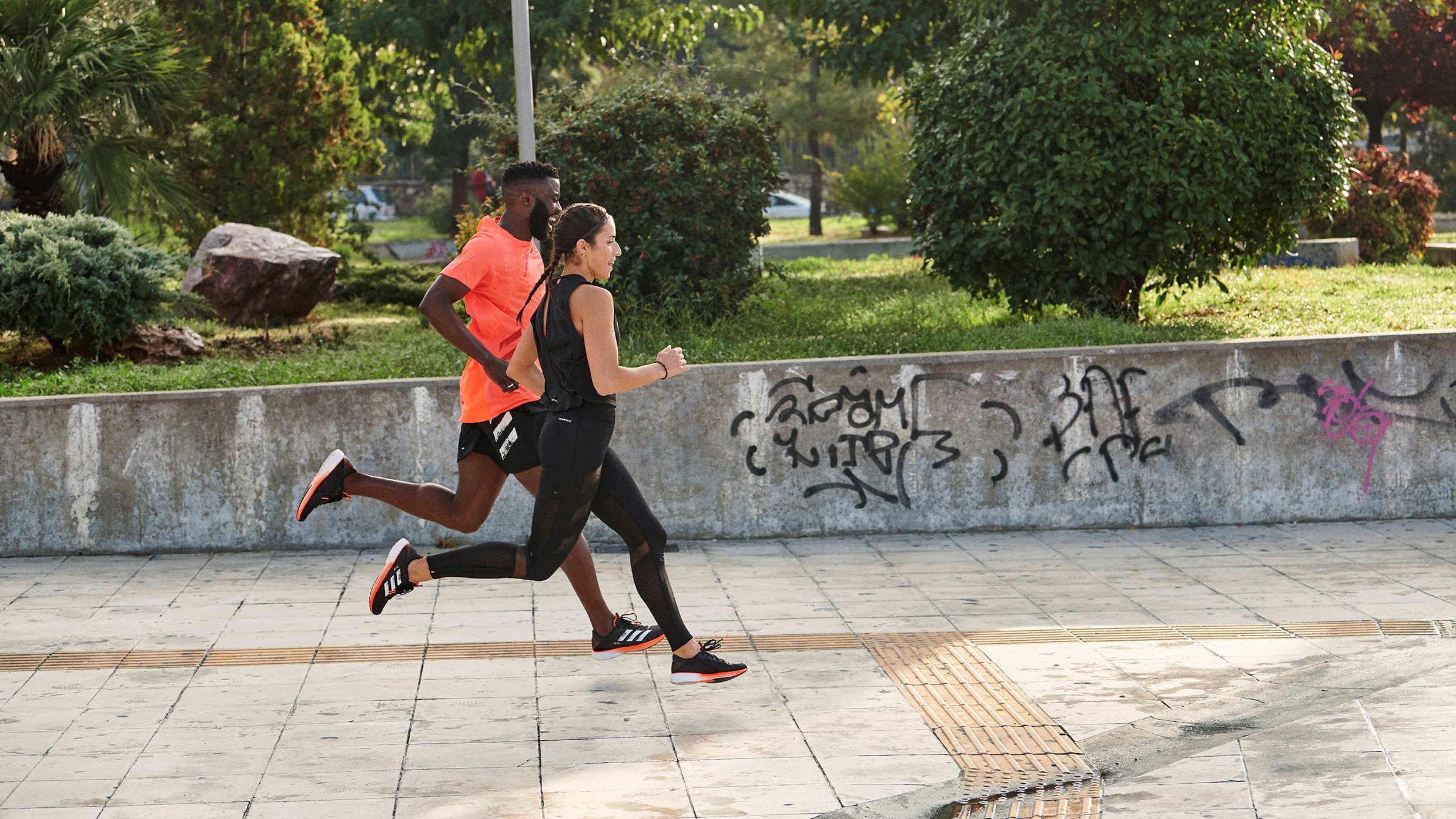

The best running shoes have never been unpopular, but they have been in ever-so-high demand since the early days of the original lockdown. And while most people like to discuss the controversy surrounding high-stack running shoes such as the Nike Vaporfly ZoomX NEXT%, admittedly, what people should be concerned about is this question: Which is the best everyday running trainer, the Nike Air Zoom Pegasus 37 or the Adidas SL20?
Nike Air Zoom Pegasus 37 vs Adidas SL20: Tech
The Nike Air Zoom Pegasus 37 is a brilliant running trainer. Nike reduced the full-size Air Zoom pockets since the last iteration of the shoes, making Peg 37 more stable than ever. The shoes also use React foam, a more resilient and sturdy compound, compared to the ZoomX used in Nike racing shoes. The 'translucent' mesh upper provides a great fit and follows the foot's contour exceptionally well.
The Adidas SL20 was released in early 2020 and went completely under the radar of most runners. A real shame, as the SL20 is an excellent yet affordable running trainer that uses Adidas' newest innovation, the Lightstrike foam, which is more responsive and lighter than the popular Boost midsole used in the Ultraboost series. Like many other lightweight running shoes on the market, the SL20 uses a lightweight mesh upper that doesn't add much to the overall weight but locks the foot down properly and provides a secure fit.

Nike Air Zoom Pegasus 37 vs Adidas SL20: Design
Both Nike and Adidas trainers are popular with sneakerheads, and looking at the Pegasus 37, one can understand why. It feels like designers at Nike can whisk up gorgeous shoes without even trying. The Nike Air Zoom Pegasus 37 looks sleek and curvy, with a not-so-subtle swoosh added to the lateral side. The default white colourway might be slightly off-putting for people, as it can get dirty pretty quickly.
On the other hand, the Adidas SL20 is not the most unique-looking running shoe. It's not ugly and certainly has more style than other trainers (looking at you, black ASICS Gel-Nimbus 21) but not as much as the Pegasus 37. At least it's available in 12 different colours, so everyone can make sure the colour of their Adidas SL20 matches the rest of their running attire.

Nike Air Zoom Pegasus 37 vs Adidas SL20: Ergonomics
The React foam does a great job in providing excellent energy returns when running in the Nike Pegasus 37. Better still, the shoes offer a wide forefoot platform to land on, and the Air Zoom pockets work nicely to kick you off the ground in an explosive fashion. The Pegasus 37 has a more rigid midsole construction than the Adidas SL20, which doesn’t mean it’s actually firm, only comparatively. The upper is tight but not bad; the foot feels securely locked down when running.
The Adidas SL20 is flexible, springy and light. The Lightstrike midsole bends where it needs to bend and allows runners to change direction fast and effortlessly. Stride control is further enhanced thanks to the Continental rubber outsole: it feels almost like wearing track spikes on the road.
Sign up to the T3 newsletter for smarter living straight to your inbox
Get all the latest news, reviews, deals and buying guides on gorgeous tech, home and active products from the T3 experts

Nike Air Zoom Pegasus 37 vs Adidas SL20: Verdict
It’s tough to recommend one of these shoes over the other. They both have a lot of merits, and you can’t go wrong with either. Considering the price – an important factor for most – we would recommend the Adidas SL20 over the Nike Air Zoom Pegasus 37. The SL20 can often be bought for around $70/£60, and for that price, you get a brilliant running trainer that rivals shoes twice the price of these.
That said, the Nike Pegasus 37 is not an expensive running shoe either but more costly than the SL20. It is also a tad bit firmer but more supportive, so we recommend it for runners who tend to pronate a bit and people who appreciate a bit more underfoot cushioning.

Matt Kollat is a journalist and content creator who works for T3.com and its magazine counterpart as an Active Editor. His areas of expertise include wearables, drones, fitness equipment, nutrition and outdoor gear. He joined T3 in 2019. His byline appears in several publications, including Techradar and Fit&Well, and more. Matt also collaborated with other content creators (e.g. Garage Gym Reviews) and judged many awards, such as the European Specialist Sports Nutrition Alliance's ESSNawards. When he isn't working out, running or cycling, you'll find him roaming the countryside and trying out new podcasting and content creation equipment.

